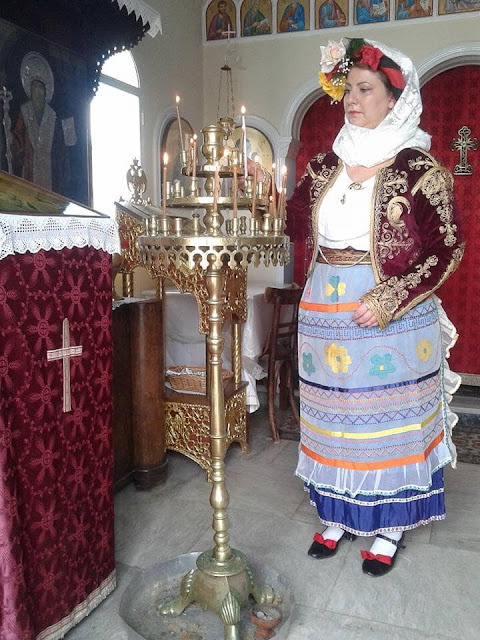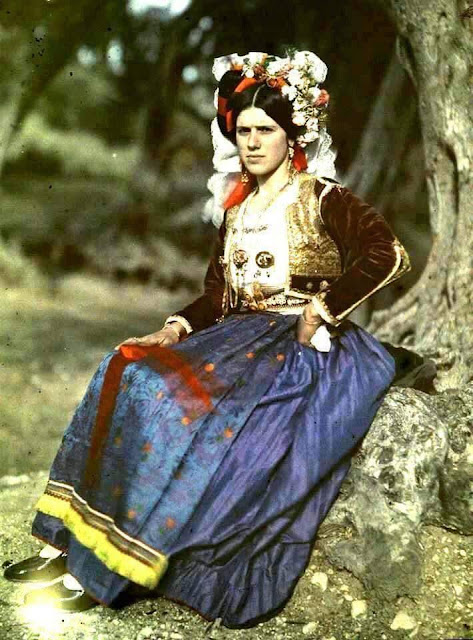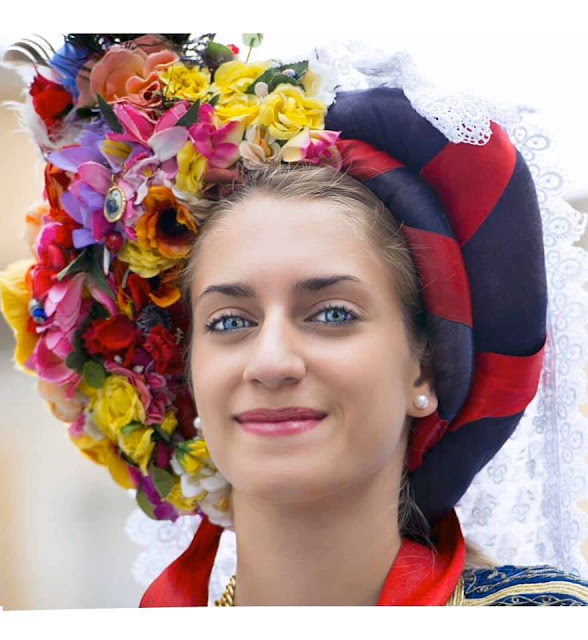Hello all,
Today I wish to talk about the Folk Costume of the Island of Kerkyra, Κέρκυρα, usually called Corfu in English. This set of islands is in the northwest of Greece, physically located between Albania and Italy. It is officially part of the Ionian Islands region.
Here is a map of the Ionian Islands.
Here is a close up map of Corfu.
And a schematic map showing the different regions.
The base of the costume is the chemise, pokamiso. It has some embroidery which varies by region.
Here is an example from the Lefkimmi region in the south.
Over this is worn a petticoat, or more than one, called roketto or velessi. It is not especially distinctive. Bloomers were sometimes worn underneath.
For everyday, the pokamiso was worn uncovered, but for special occasions a boustino was worn over it to cover the breast. This had extra embroidery or lace, and also served as a base to attach jewelry. It fastened at the neck and around the back from the bottom.
Skirts are gathered for everyday, and pleated for special occasions. It may be made of wool, or silk for special occasions and weddings. Pleated skirts are not pleated in the front, where the apron is located. They are made in several different colors, fine black ones are used for church. Checked or striped ones may be used for everyday.
In Giros, they did not wear aprons with the dress outfit. In Mesi, it was made of fine silk, often trimmed.
In Sinarades, the dress apron was made of poplin, and often embroidered on the bottom.
In Lefkimmi, bridal aprons were a complicated confection of tulle, embroidery, applique, etc.
These have become popular for dress attire.
In Levkimmi, the vest may be long and tucked into the skirt, It is of fine cloth for dress, and usually has gold galloon ornament.
Either type of vest is accompanied by a richly embroidered sash, chrysozoni. It is fastened around the waist with a yellow cord with a tassel.
In the north, in Giros and Oros, the tzipouni again are long and do not close, but are tucked into the skirt. They vary as to color, fabric and ornamentation depending on the occasion.
Unmarried girls may wear a different type of jacket. Here is an example from Mesi.
Married women in Oros and Giros would wear a simpler jacket on Sundays, called kamiziola.
Other types of jackets were also known.
Stockings were finely knitted in the round, and featured ribbons to fasten them. They were brown for everyday, dyed with walnut husks, and on Sunday were white in Mesi, ecru in Lefkimmi, black in Oros, and in a few villages, even flesh colored.
The common headdress of the island seems to have developed from the Italian Tovaglia. This consists of a folded piece of linen placed on the head, which was common from Rome south to Naples.
Here is a painting from Corfu, done around 1840, showing Corfiot women wearing the same garment.
The hair is first put up, and then the cloth is folded and placed on the head. This has survived in everyday attire, the cloth being more simple, and folded in various ways upon the head.
For dress, the hair was divided in two at the nape of the neck. the hair was then braided on either side, and the braids were wrapped around the head to the forehead. In the north, they were then attached to extensions made of white cloth which continued to wrap around the head. These are called merizes, and had long white tassels. Here are images of this headdress showing the merizes, the everyday headpiece, and the dress version.
In this image, note the vest tucked into the skirt, the sash with crosswise woven stripes typical of Giros, and the jewelry expected of a dress occasion.
In the south, in Mesi and Levkimmi, the hair was dressed the same way, but the braids were attached to long padded rolls called merzoulia. These were covered with black cloth and wrapped in red ribbon. These were relatively narrow for some length, and then became thicker.
When these were then wrapped around the head, the narrow part of the rolls then framed the face, and the thicker parts were wrapped behind the first, forming a distinctive shape. This is an example from Lefkimmi.
And from Mesi
A lace or tulle kerchief is pinned on top, often wrapping around the shoulders, and a cockade of flowers and/or feathers may be pinned on the right side.
For weddings, two ribbon cockades were pinned to the top of this confection. These are called fountes.
The dress outfit is then finished off with appropriate jewelry, earrings, pendants, crosses, chains, brooches, etc.
Men
Men wore an outfit similar to that found on many of the islands. White shirt, wide dark blue or black short pants called vraki, long stockings, sash, vest, often with a slanted front, tsarouchia or shoes, and fez or wide round straw hat.
The costume of the offshore islands in the north, Othonoi or Othoni, is somewhat different, and includes a unique headdress.
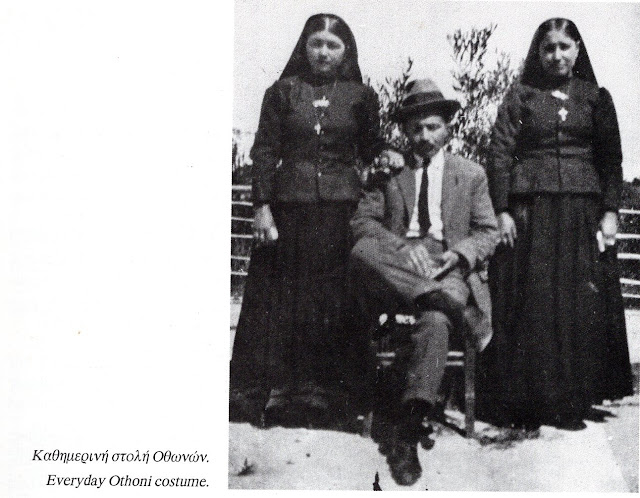
Thank you for reading, I hope that you have found this to be interesting and informative. I hope that Greek groups will find this useful for recreation of Kerkyra costumes.
Roman K.
email: rkozakand@aol.com
Sources:
Elizabeth Theotoki, 'Costumes from Corfu, Paxos, and the Offshor Islands', Athens, 1994
Alkis Raftis et al, 40 Greek Costumes from the Dora Stratou Theatre Collection', Athens
Ioanna Papantoniou, "Ellenikes Phorsies', Athens, 1974
https://www.facebook.com/GREFOLKART
https://www.facebook.com/GREFOLKART










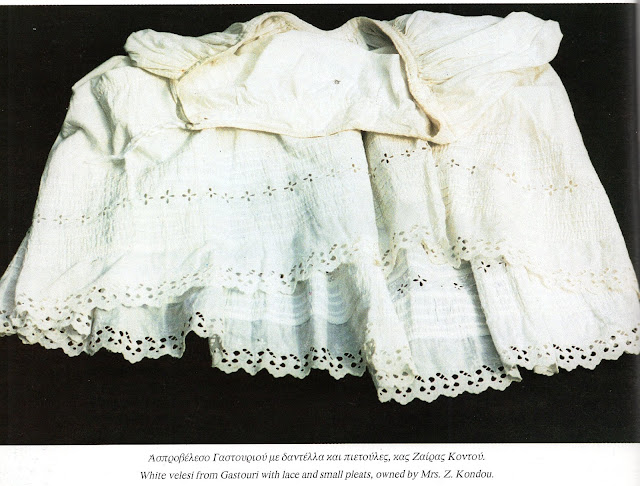


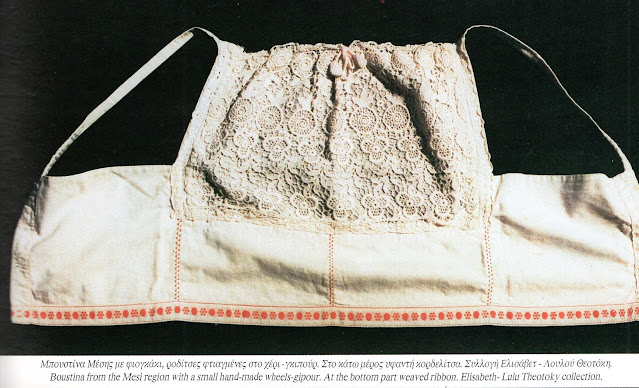



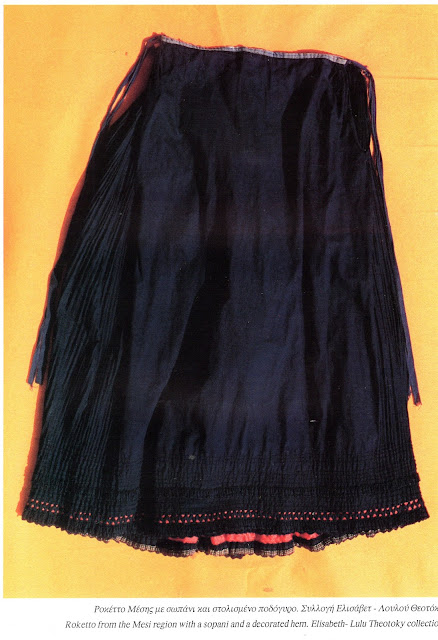


















.jpg)




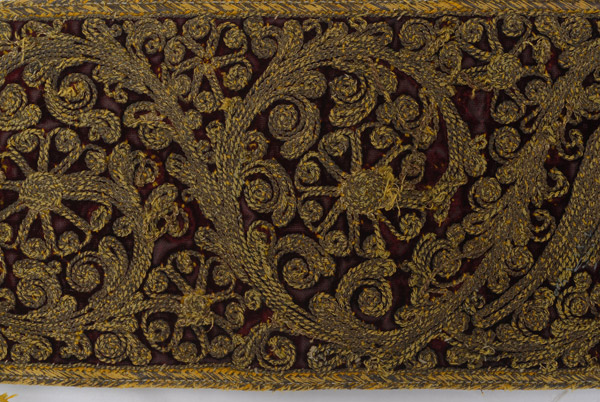




















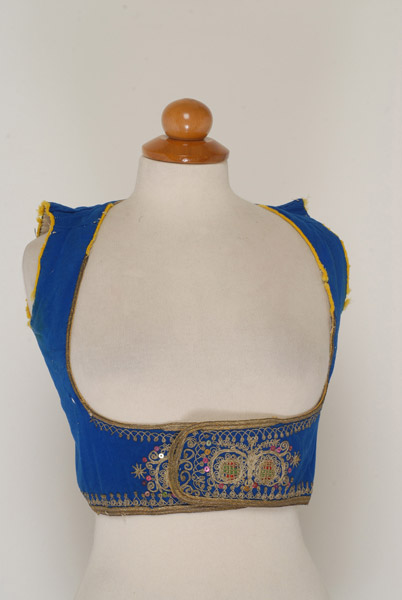








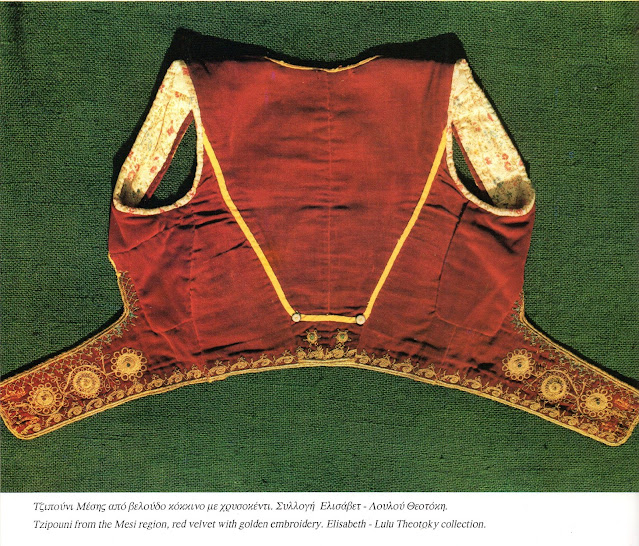









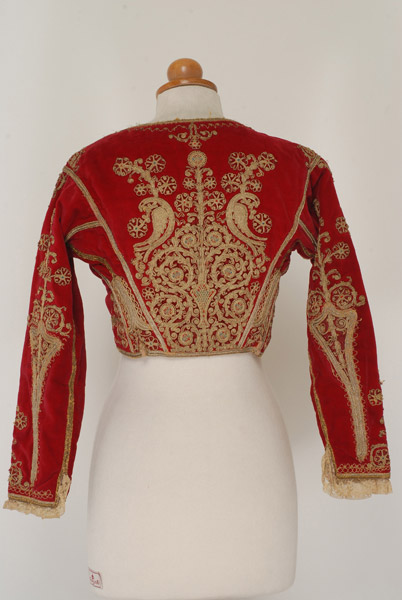










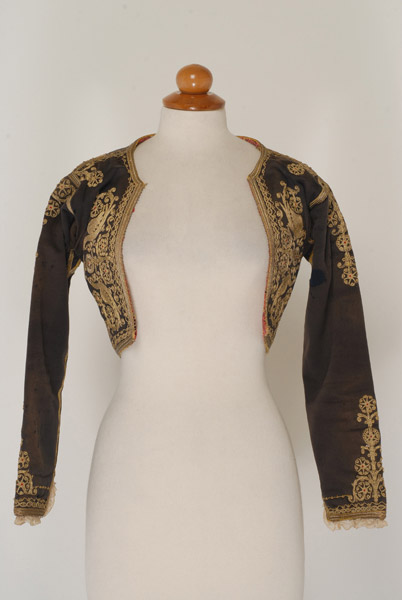




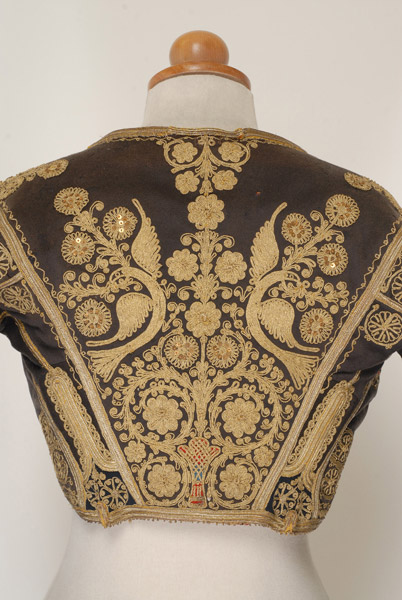





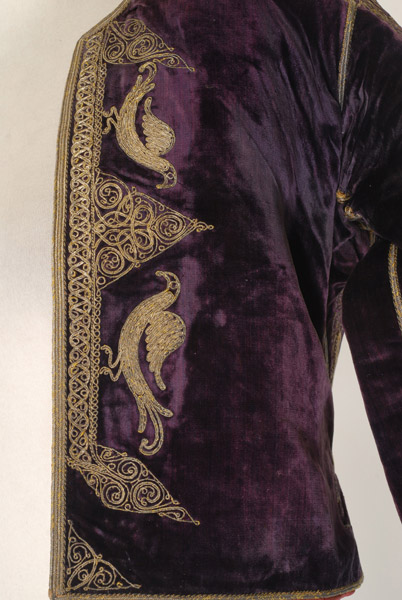















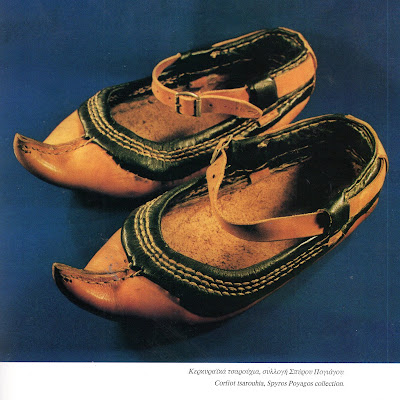
























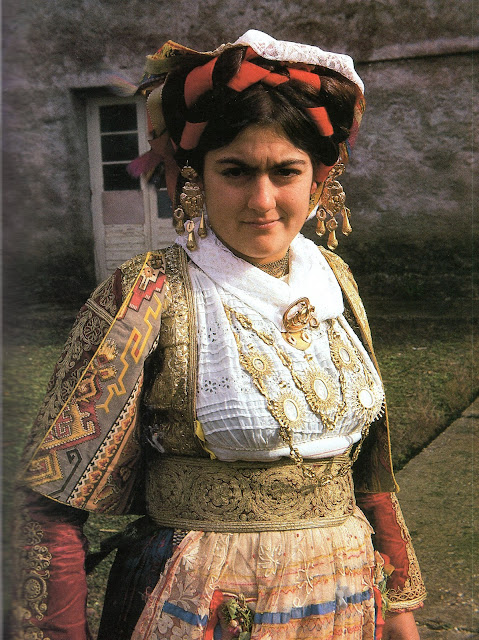


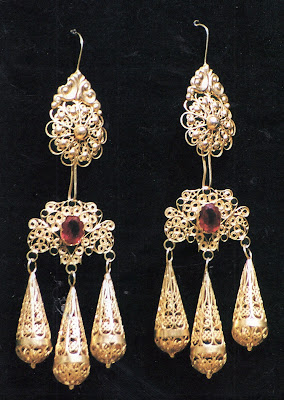





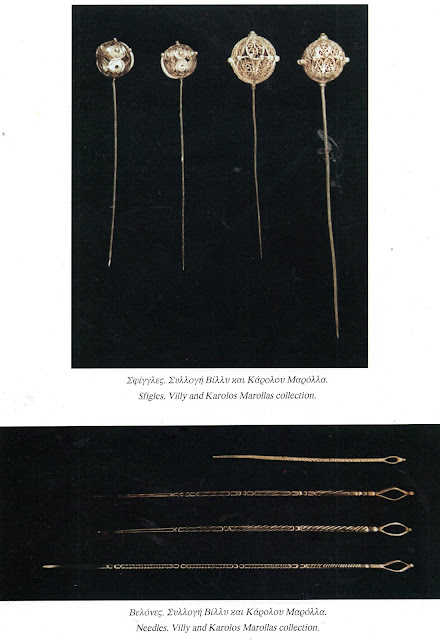













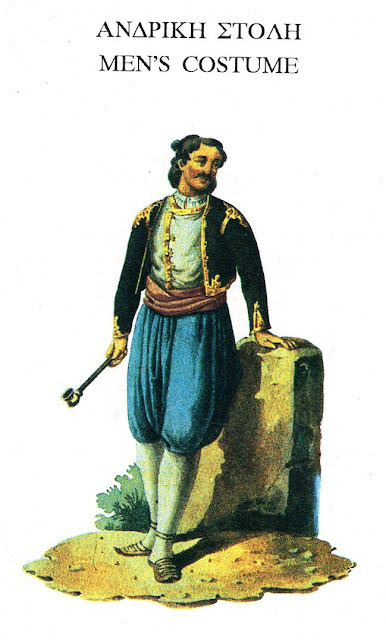



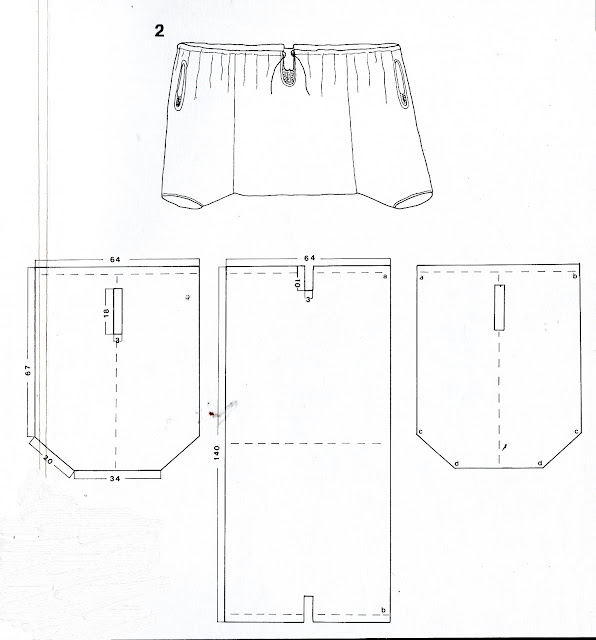
















.jpg)









